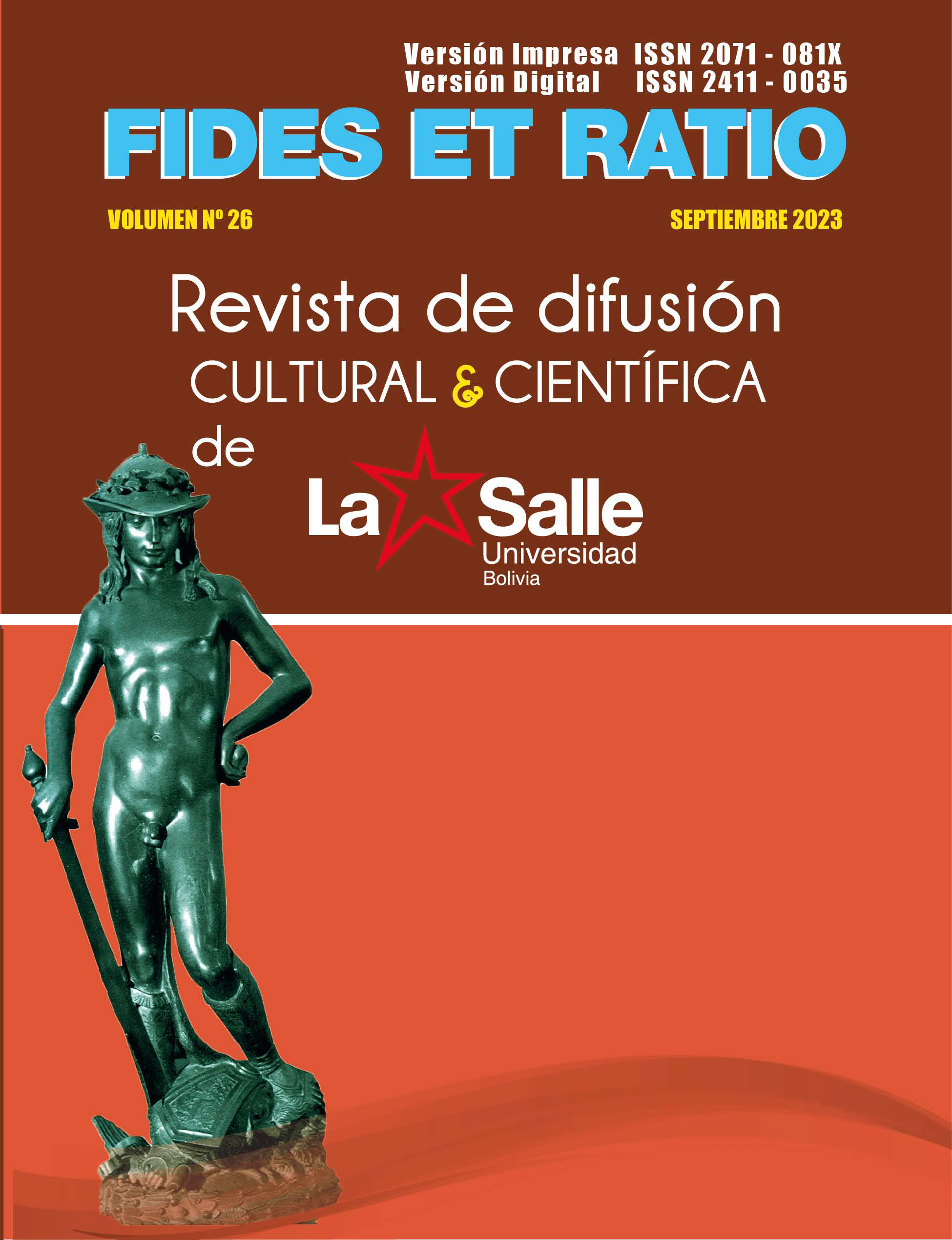Validity and Reliability of the Family Violence Inventory
- Authors
-
-
Karen Del Pilar Zevallos Delgado
, Universidad César Vallejo, Lima-PerúAuthor
-
- Keywords:
- Questionnaire, family violence, physical, psychological, sexual
- Abstract
-
The study was carried out with the purpose of establishing the validity and reliability of the Family Violence Inventory (FV) in secondary school students, Lima 2022. With a quantitative analysis, basic type, non-experimental design, descriptive level. VF was divided into three aspects: physical, psychological and sexual. For data collection, the online form survey technique was used, which consisted of 30 questions on an ordinal Likert-type scale. With a population of 15 schools north of Lima and a sample of 801 secondary school students between the ages of 11 and 18, the sampling method was non-probabilistic for convenience. Content validity was used through 10 expert judgments and the Lawshe method and for reliability Cronbach’s alpha was applied, which resulted in 0.830, demonstrating excellent reliability, being in the physical dimension result of , 766, psychological dimension a result of ,746 and in the sexual dimension of ,851. The levels have been considered as mild, moderate and severe.
- Downloads
-
Download data is not yet available.
- Author Biography
- Downloads
- Published
- 2023-09-28 — Updated on 2023-09-30
- Versions
-
- 2023-09-30 (2)
- 2023-09-28 (1)
- Section
- Artículos
- License
-
Copyright (c) 2023 Universidad La Salle

This work is licensed under a Creative Commons Attribution-NonCommercial-ShareAlike 4.0 International License.
How to Cite
Most read articles by the same author(s)
- Karen del Pilar Zevallos Delgado, Domestic violence in students of the Sixth and Seventh cycle of the Educational Institutions of Lima , FIDES ET RATIO: Vol. 29 No. 29 (2025): Fides Et Ratio










